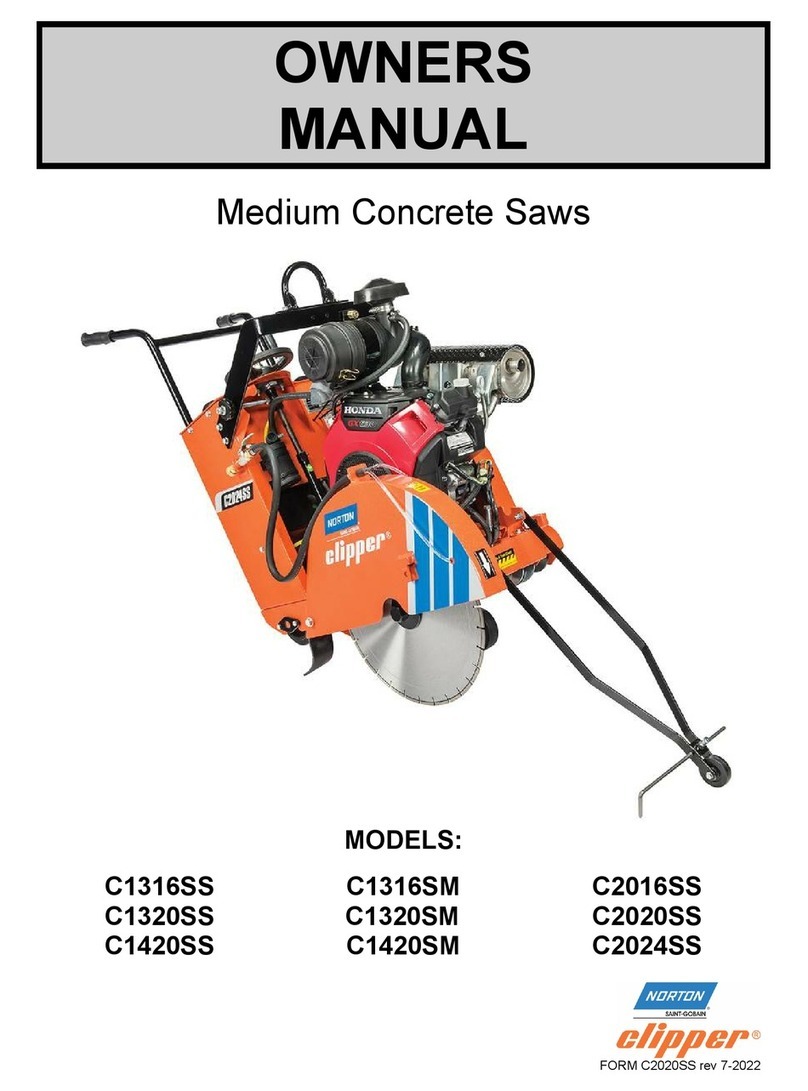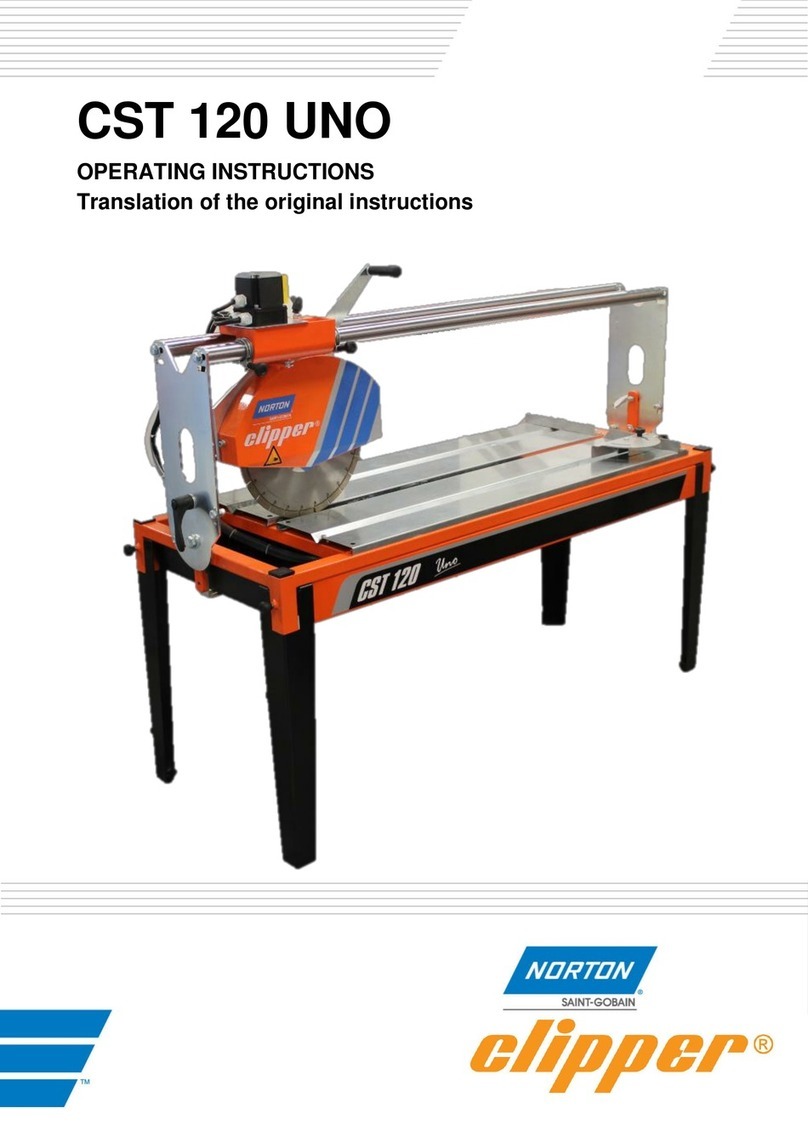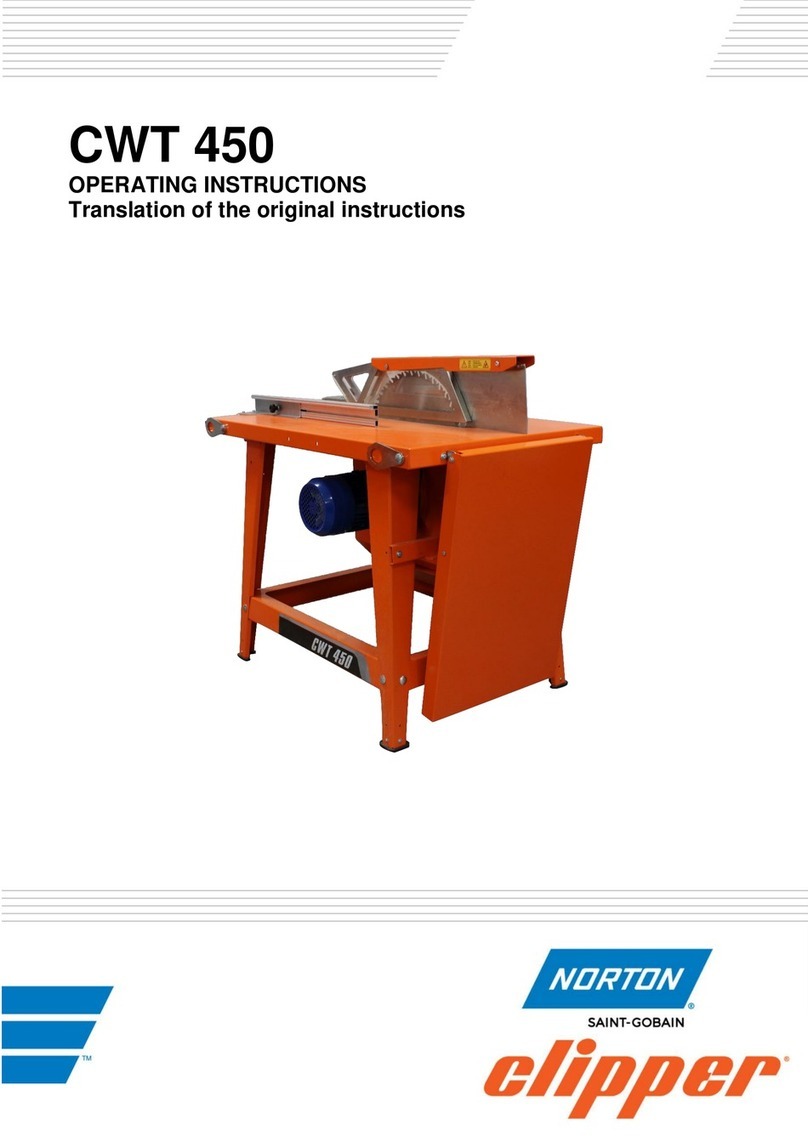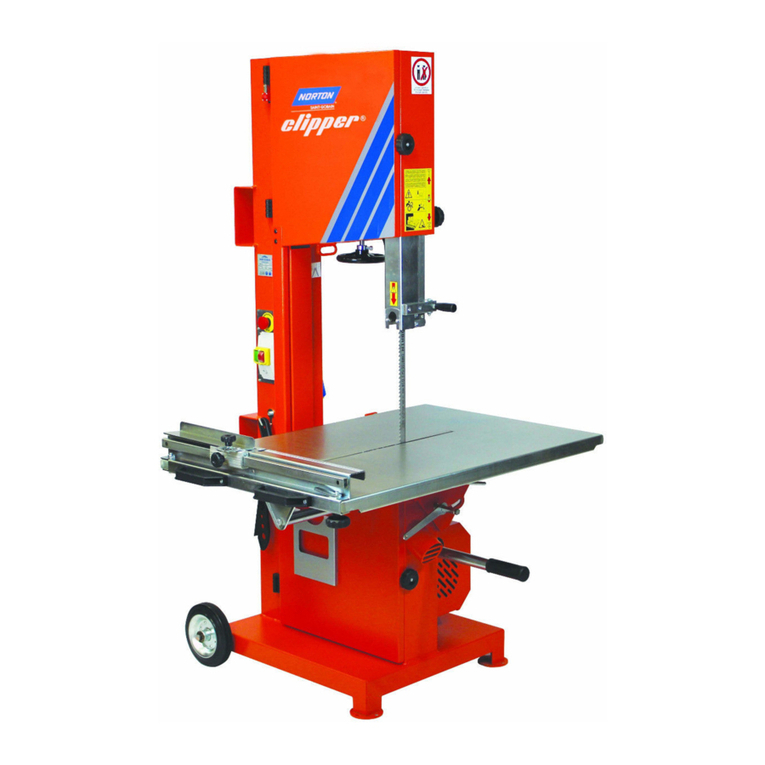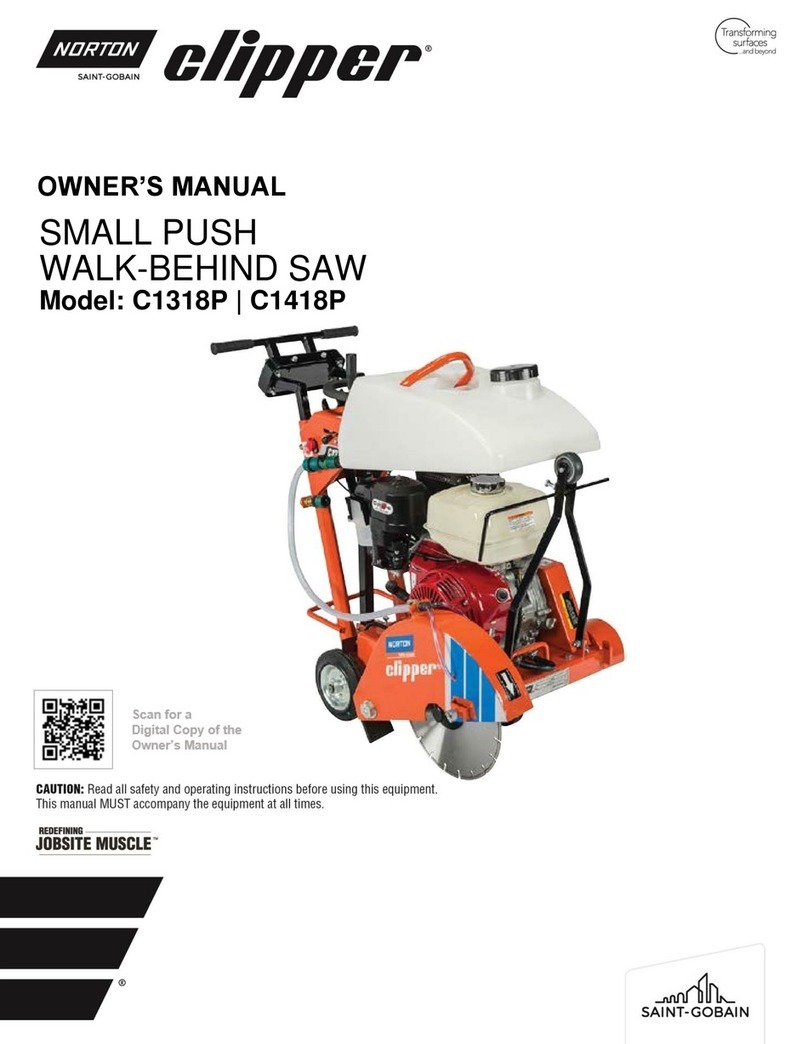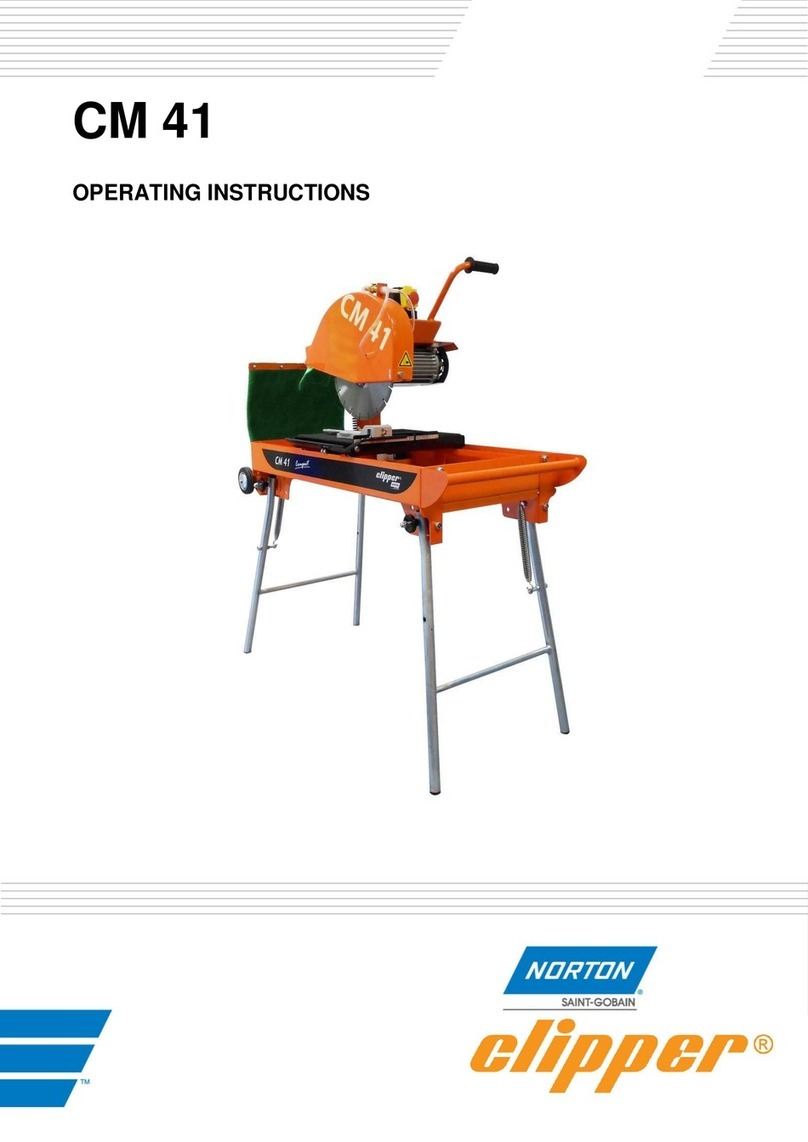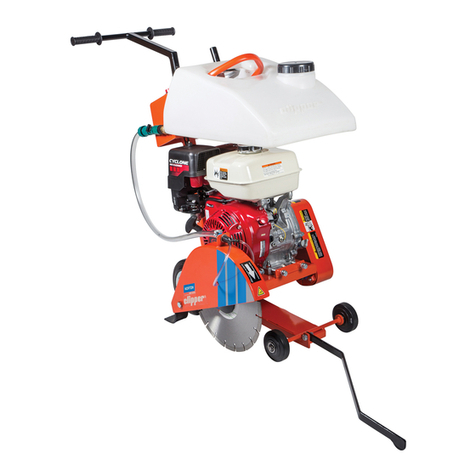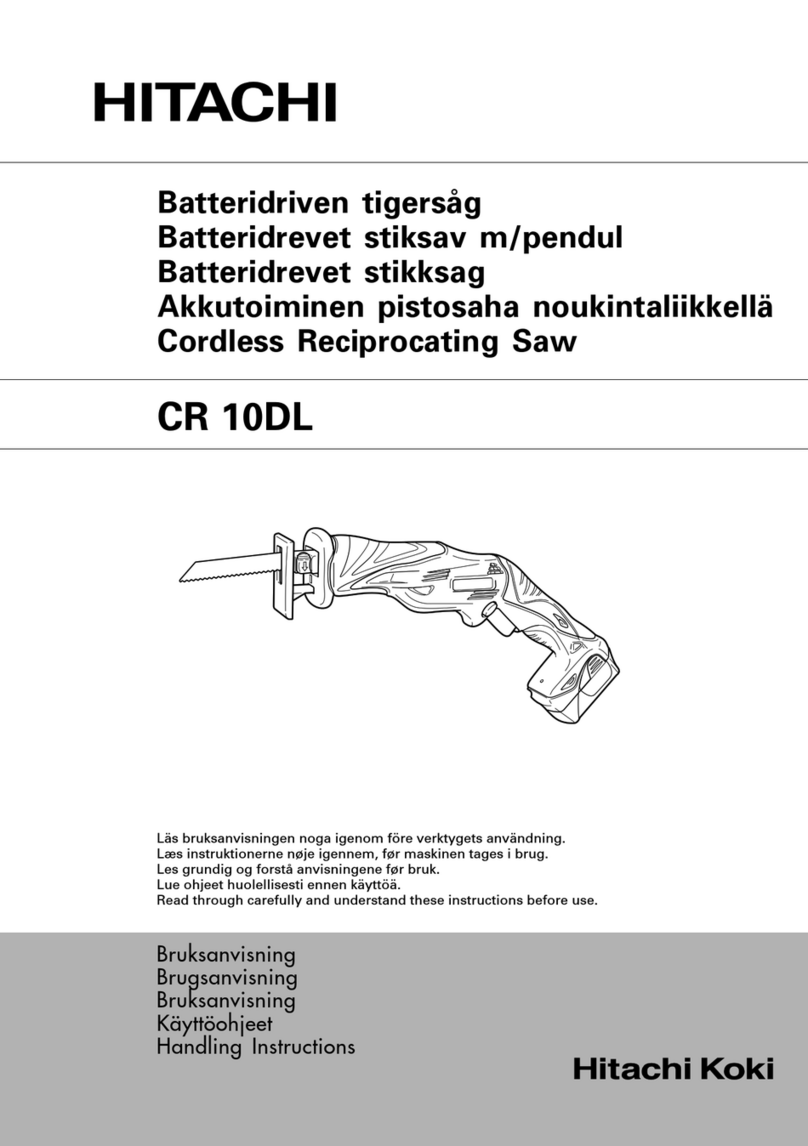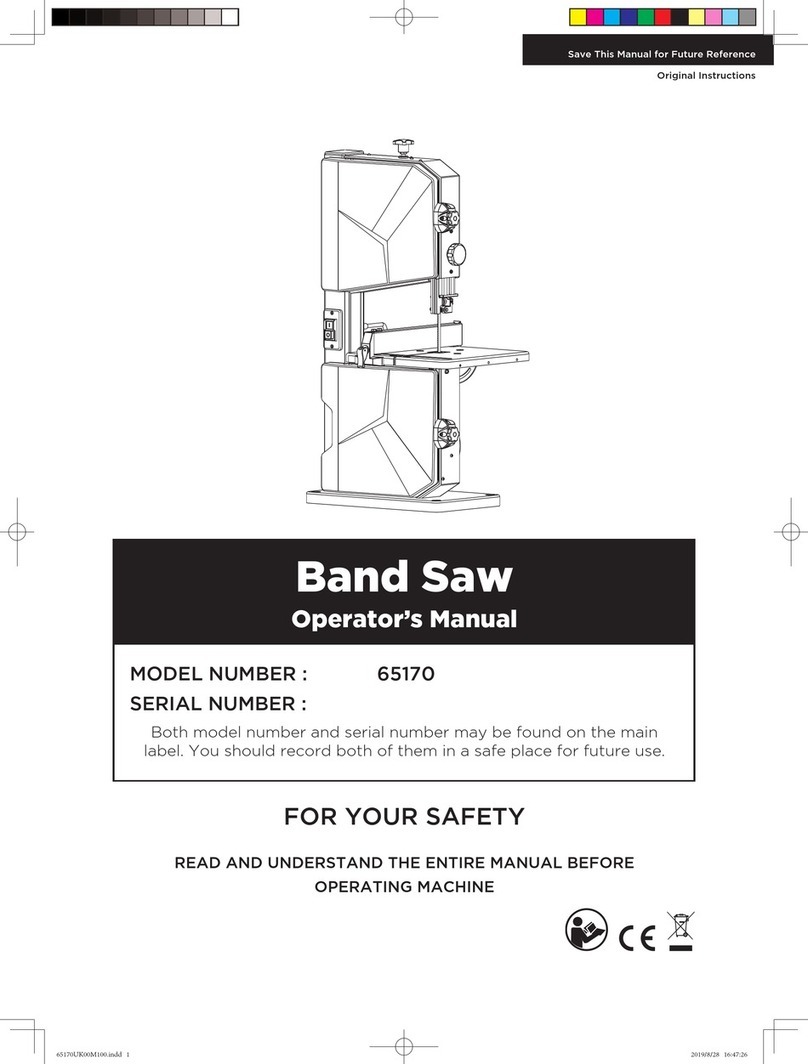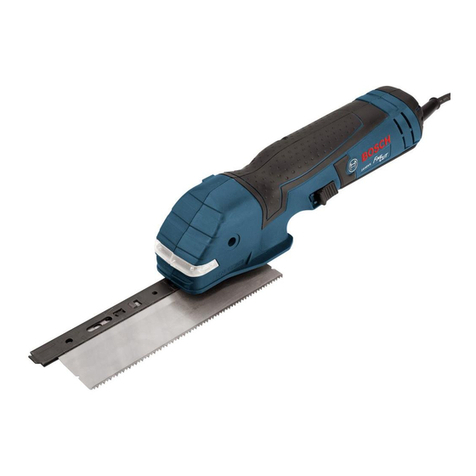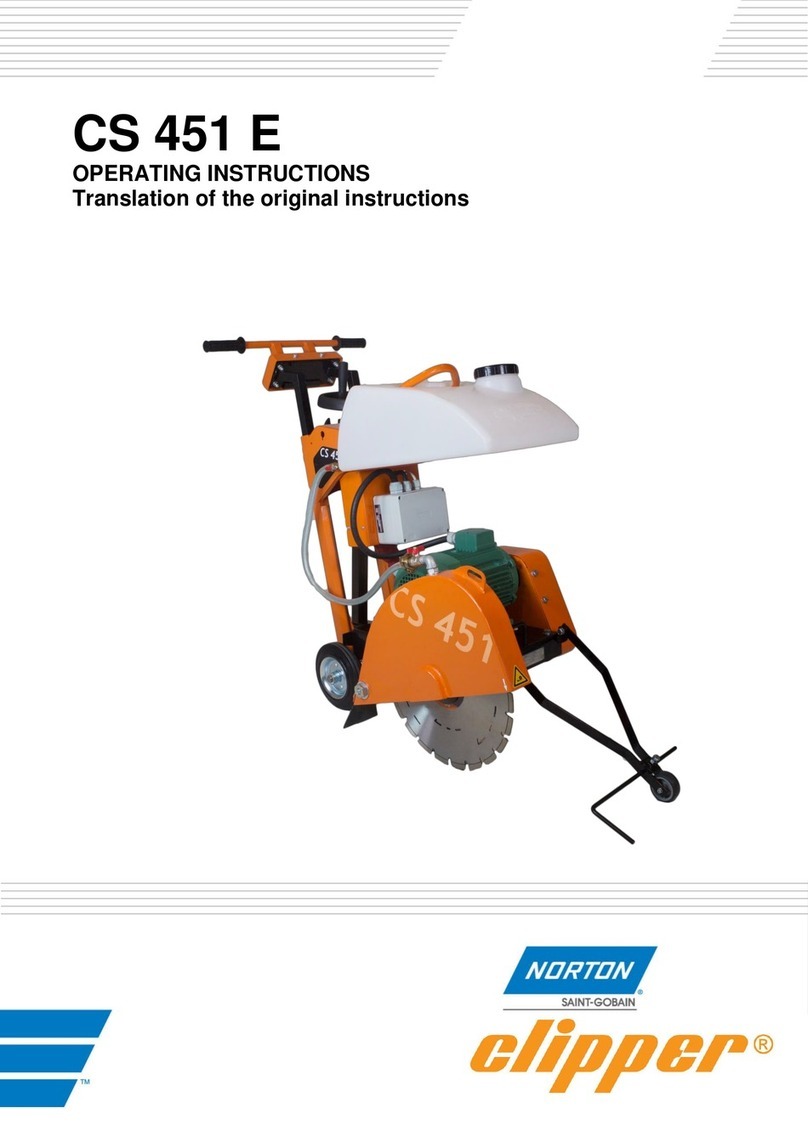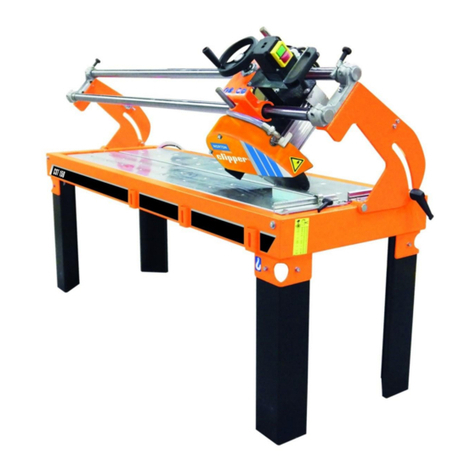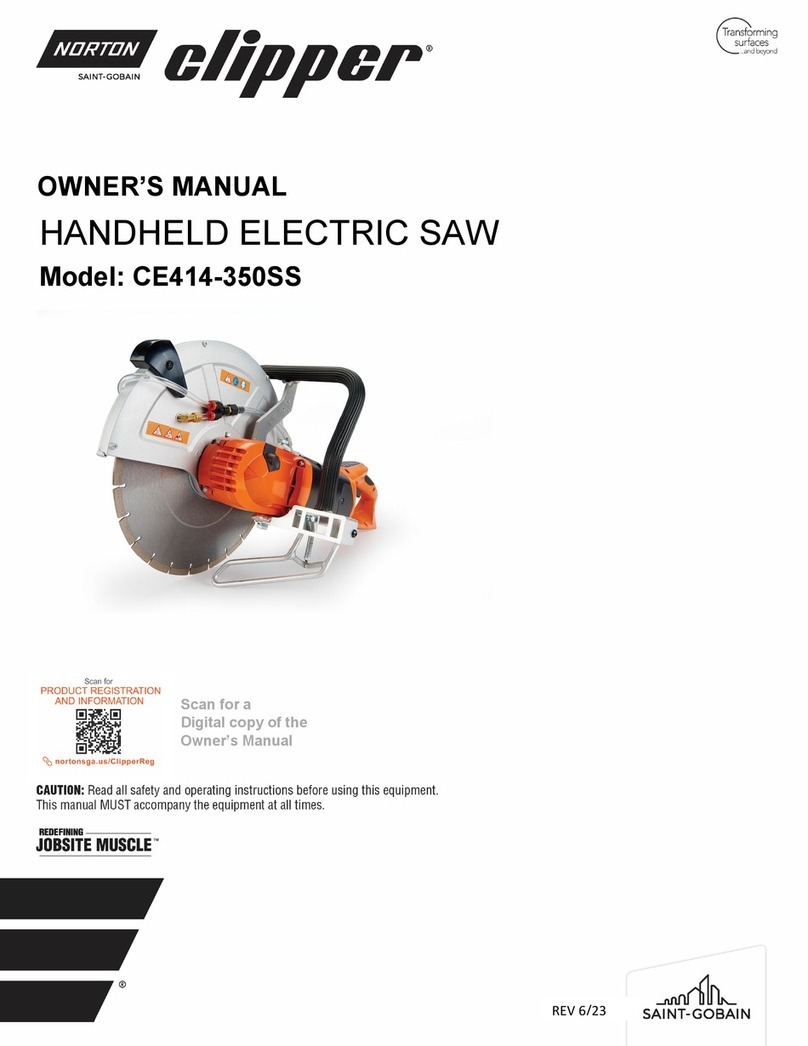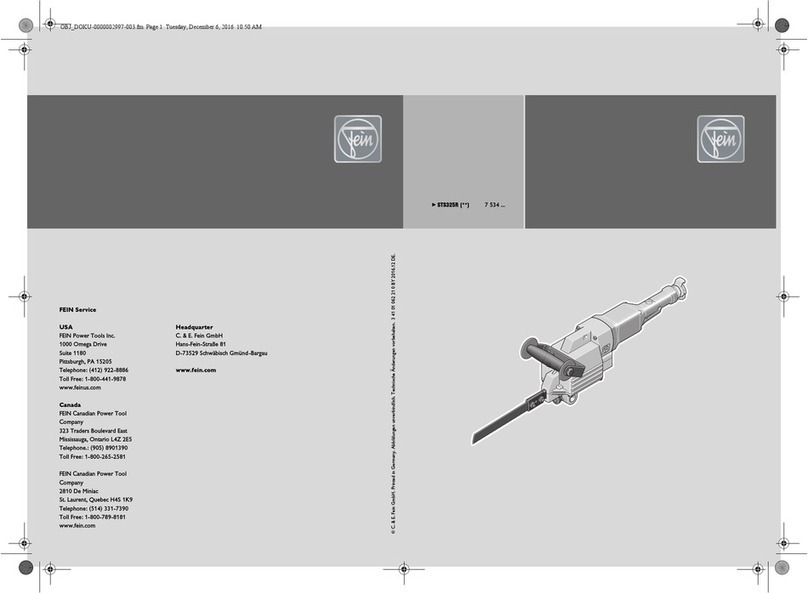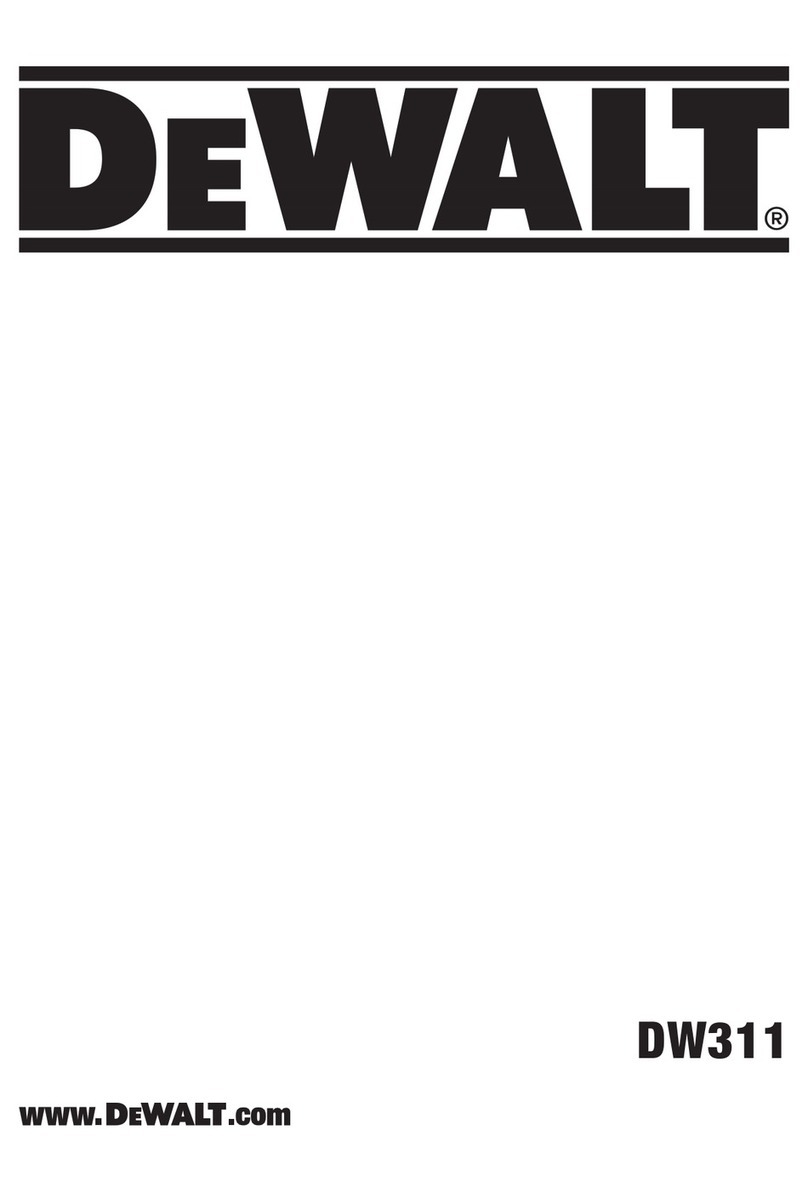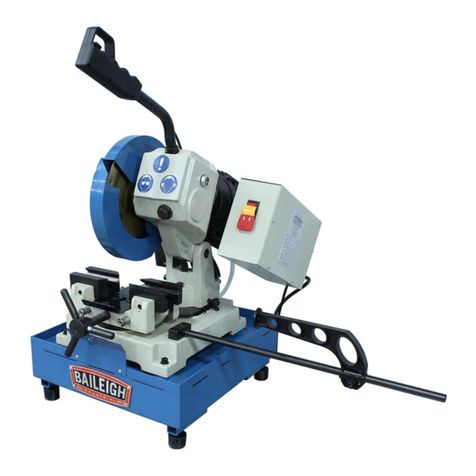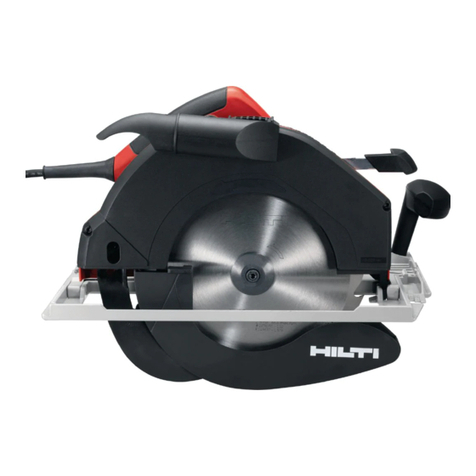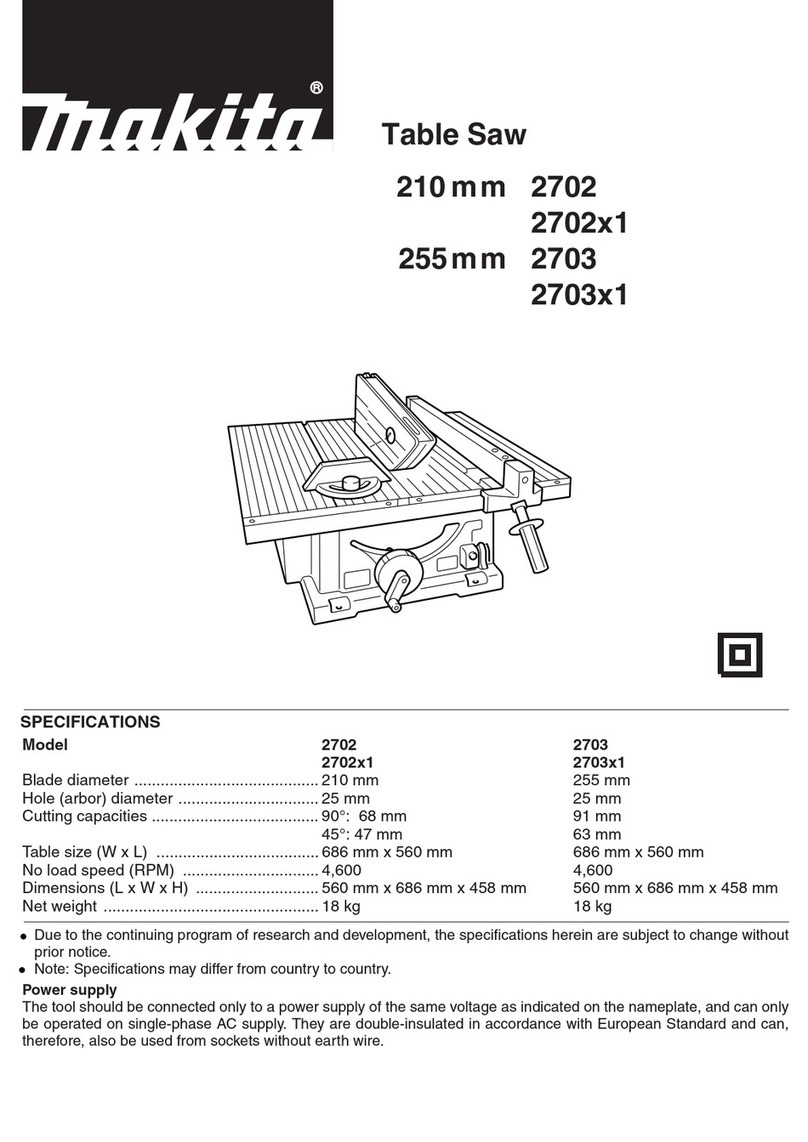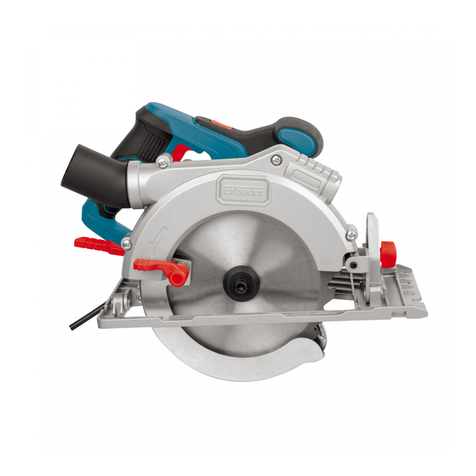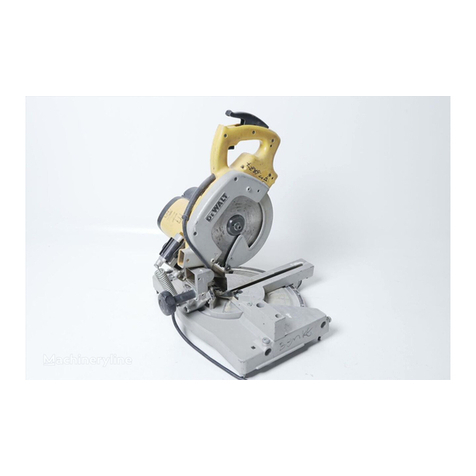
18
BBMSeries-Owner’sManual-Rev02-2023
It is preferred to use the Pressurized Water source as it will provide the required water flow rates over
a longer time period than the Water Tank.
Please note that when using the Water Tank, it is recommended that the operator use an OSHA
approved respirator to protect from Silica Dust.
1. Fill the Water Tank to the bottom of the filler neck with Water.
2. Replace the Water Tank Cap
3. Verify that the Quick Detach Fitting with Valve is Connected to the Water Tank Fittings
4. Follow ALL instructions under the Section “D. Operating the Saw”
5. Adjust the Quick Detach Fitting with Valve’s water control valve so that enough water is covering
the blade to reduce the water to your required level.
NOTE: The Operator and anyone around the machine MUST wear all required PPE including a
respirator that meets OSHA Silica Control Requirements and follow ALL OSHA Silica Control
Regulations.
Operating the Saw
1. For blade installation instructions see section: Installing the Blade on pages 11 and 12.
2. Check the Engine Oil level. See Engine Manual for details.
3. Raise the saw to the full upright position. Do not let the blade come in contact with the
ground.
4. Maneuver the saw to the desired starting point.
5. If wet cutting, connect the water supply to the saw.
See section: Water Supply on pages 15 and 16 for details.
6. For the engine starting instructions, see the Engine manual and follow the instructions located
in section: Starting the Engine on page 15.
7. If wet cutting, turn on the water supply at the source and then open the water valves on the
saw. Make sure that there is a minimum of 4-6 gallons (15.1 to 22.7 liters) per minute of flow!!
If using the water tank see section: Water Tank Source pages 15 and 16.
8. Be sure the engine is running at full throttle!!!
9. Slowly lower the blade by rotating the hand wheel clockwise until the desired depth of cut is
reached. Use a reasonable rate of feed. Do not force the blade into the cut!! If resistance is
felt STOP turning the hand wheel as the machine is at maximum depth, turning the hand
wheel more can damage machine components.
10.When the end of the cut is reached, slowly raise the blade out of the cut by
rotating the Hand Wheel counter-clockwise until blade is at least (1) inch above the ground.
11.Only move the saw in reverse with the blade in the raised position.
12. When moving the saw to a new location, be sure the blade is not touching the ground.
Always pay close attention to where you are moving and where the blade is at all times.
13.Turn the machine OFF when finished cutting or if the machine is unattended. Never transport
the machine with the engine running.
Cutting Technique
Lower the blade into the concrete to the required depth by turning the hand wheel clockwise.




















